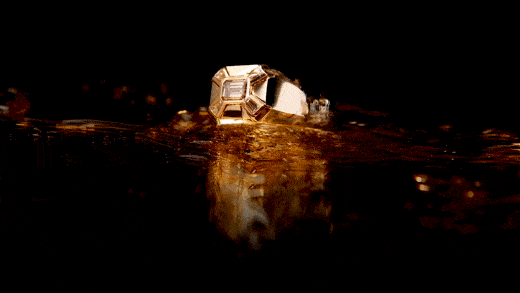Jewelry Design Studio in Houston
Custom Design
We house a seasoned team of jewelry designers dedicated to fulfilling your vision.
Prototyping
See and touch your item printed in 3D and make changes before we cast it.
Manufacturing
Production of individual custom items and large runs of stock pieces in all precious metals.
Repairs
Full range repair services at competitive prices. All work is performed in house and on schedule
Dickinson by Design is a custom design jewelry company providing jewelry services for individuals and retailers. We design engagement rings, wedding bands, bracelets, pendants, earrings, necklaces, children's jewelry, corporate pieces and any other luxury item you can think of. Our services include jewelry restoration, custom jewelry design, stone setting, jewelry appraisals, and jewelry manufacturing.
Pearl Re-Stringing
Pearl replacement, necklace extensions, and professional pearl restringing.Professional Engraving Services
Choose between our Diamond Drag Engraving or Laser Engraving.
Comprehensive Jewelry Service Program (CJSP™)
The Complexities of Jewelry Manufacturing and Repair simplified ― Our Comprehensive Jewelry Service Program experience was crafted to create a streamline process, from evaluating the project to final delivery. Our workforce density allows for a more compact and linear manufacturing and repair process. while serving the Industry with over 30 long-term established companies nationwide we remain very passionate about Jewelry culture and maintain an utmost dignity for the Industry. Utilizing our staff of dedicated craftsman, designers, engravers, polishers, and setters, we can undertake full production runs as well as refreshing your line of Jewelry.
Our Comprehensive Jewelry Service Program™ begins with a discussion on the scope of your production run, to developing and scheduling a logical time frame for the project while maintaining quality, and then allowing our team to fulfill the project at hand, and delivering the final product(s).
Our Comprehensive Jewelry Service Program™ begins with a discussion on the scope of your production run, to developing and scheduling a logical time frame for the project while maintaining quality, and then allowing our team to fulfill the project at hand, and delivering the final product(s).

The quality of the work is beyond anything I have ever seen. Trust these fine folks with your most important and complicated jobs and you wont spend a single second doubting yourself.




